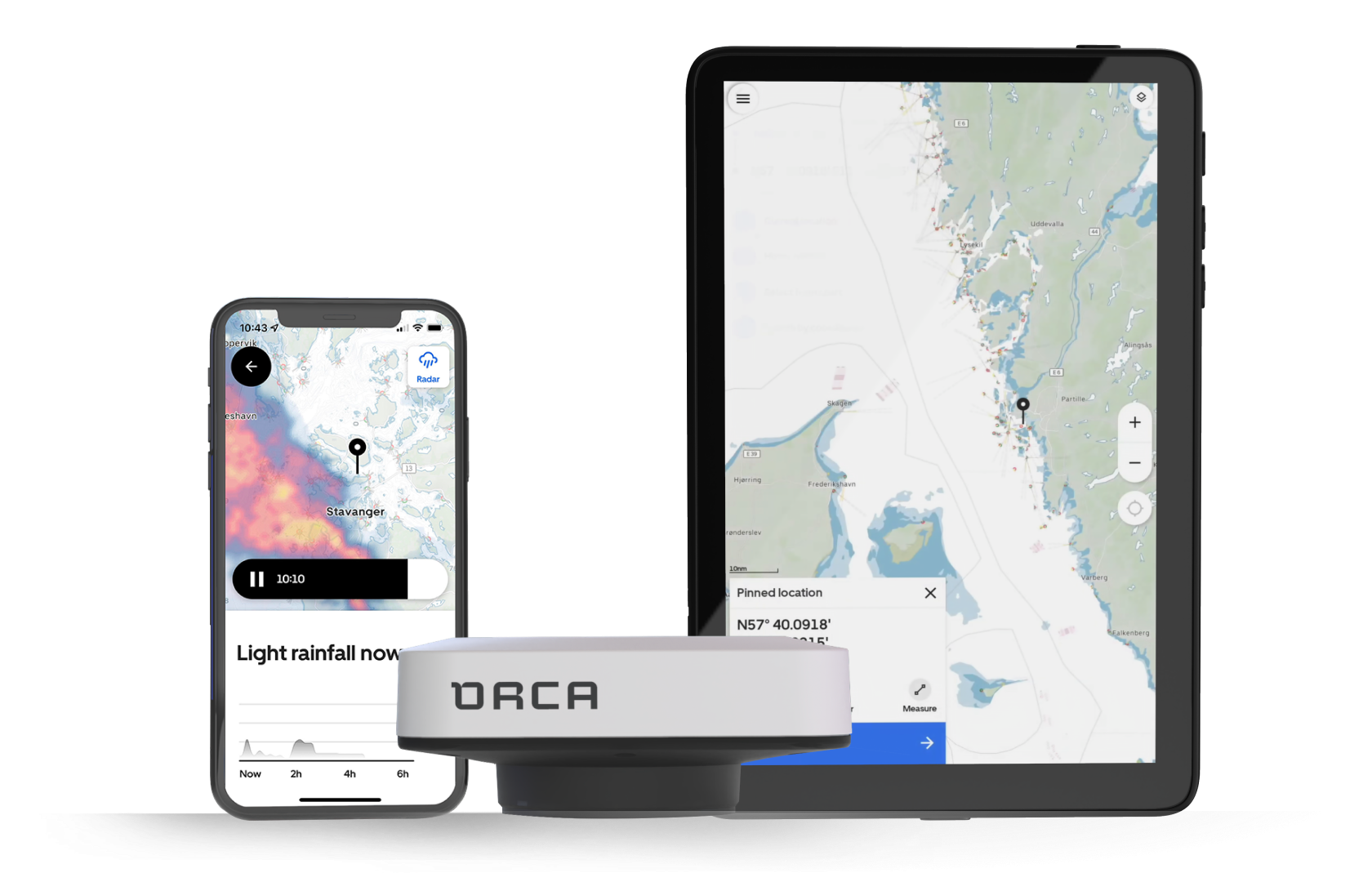All Articles
Orca Display 2: A truly sunlight-viewable screen
February 3, 2023 • 4 min read
What makes a screen great in direct sunlight? Read on to learn how an LCD screen works, and how each part of the Orca Display 2's screen makes it the best marine tablet ever made.
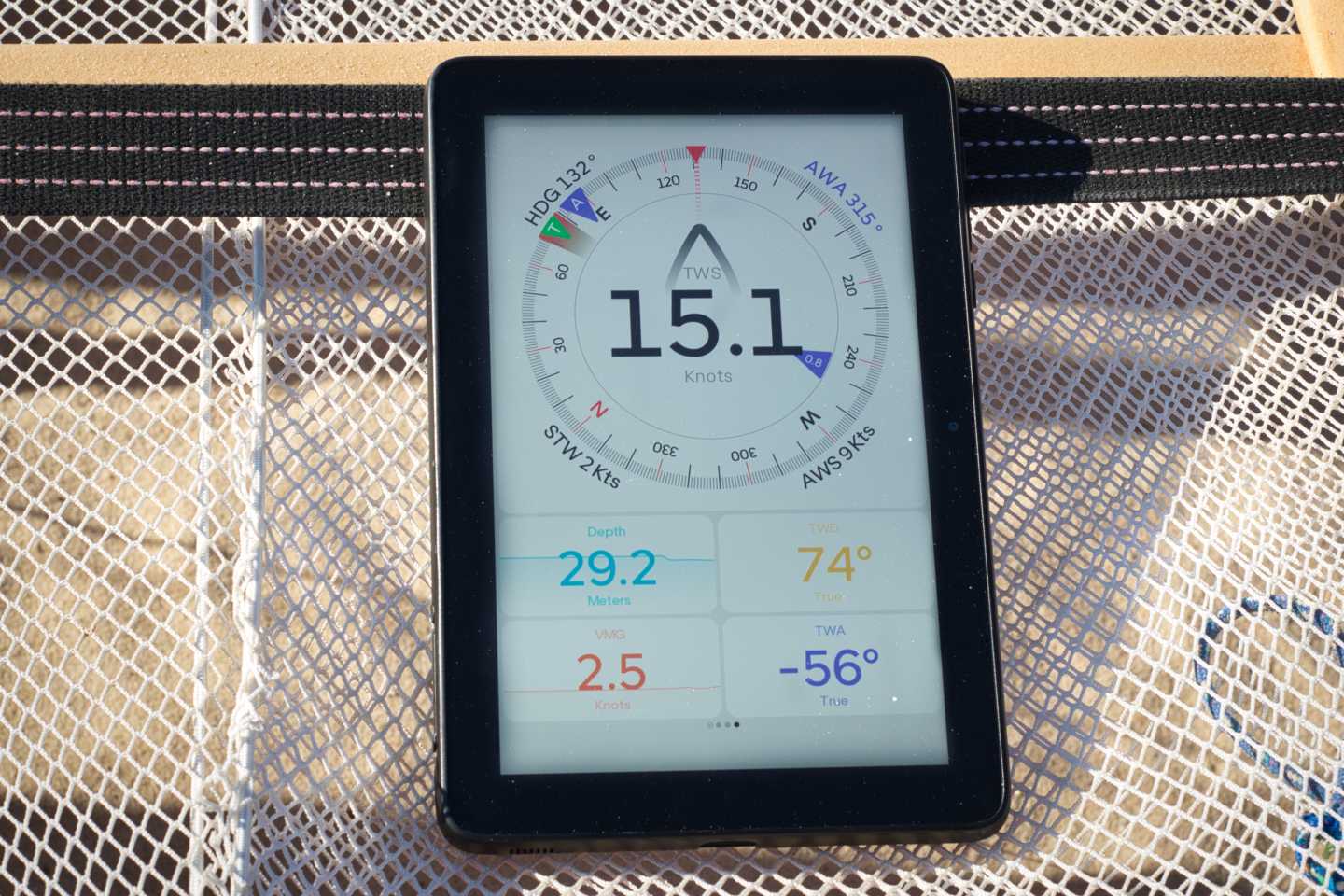
The inner workings of a sunlight-viewable LCD screen
LCD screens, such as the one in Orca Display 2, use a backlight to create light. This backlight consists of tiny LEDs embedded in a reflective assembly.
Between the backlight and the screen's surface lies the LCD panel, optical films, and the touch panel. The LCD panel is responsible for turning light from the backlight into color and optical films make light more uniform and increase contrast.
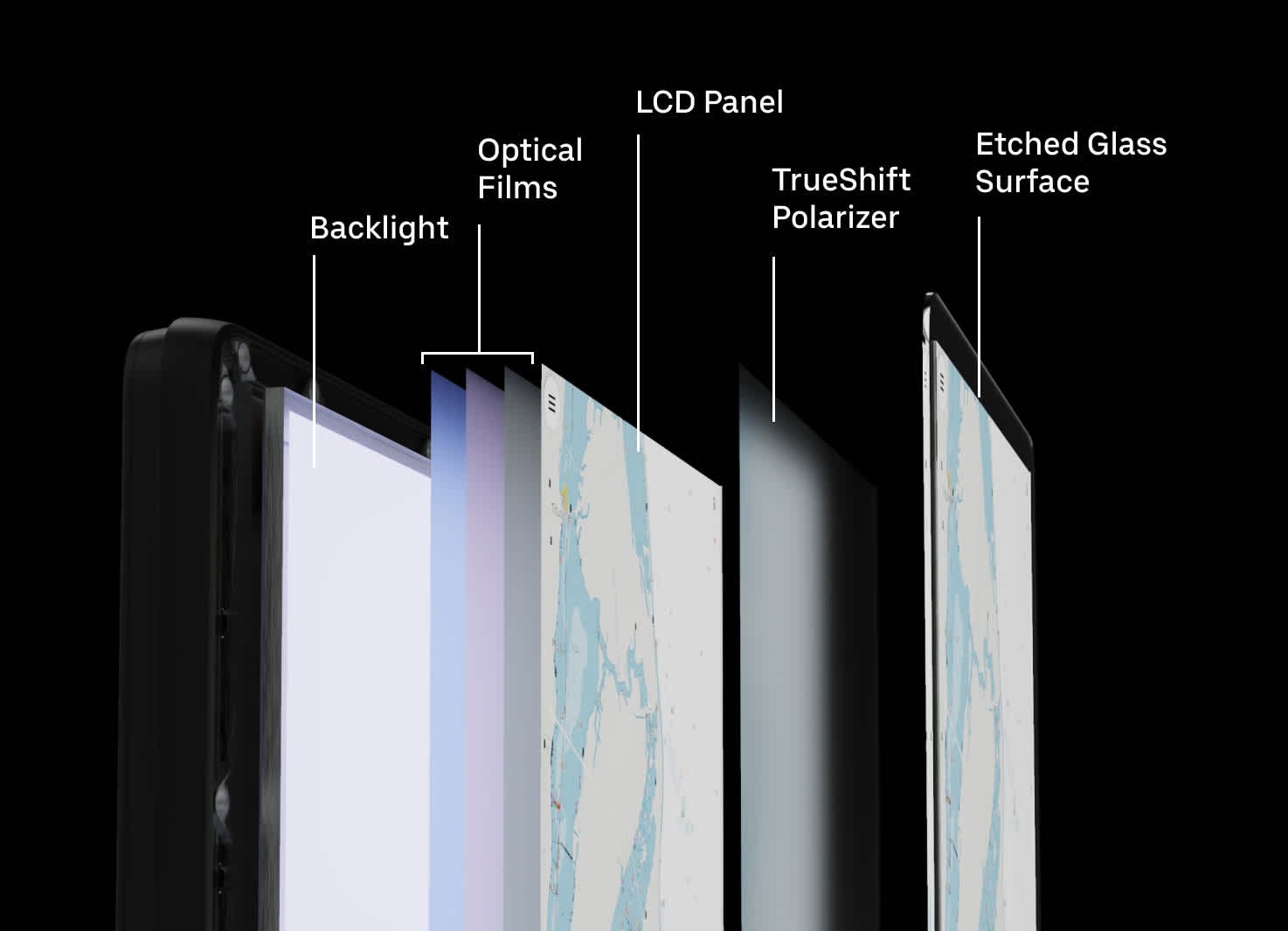
The Lumen HDX screen components.
The surface of the screen determines its reflectiveness. High-end screens, such as the one in Orca Display 2, have an etched glass surface finish that improves contrast and reduces screen glare, while low-end screens are glossy and more reflective.
Orca Display 2's LCD screen, the Lumen HDX, is custom-made and specifically built to deliver a fantastic viewing experience in direct sunlight.
Brightness
Raw brightness, measured in nits, is important for a screen's viewability, and a higher number is generally better.
When evaluating a sunlight-viewable screen for boating, you should be mindful of checking the screen's sustained brightness at high temperatures. You need that high brightness when the sun is out, and most of the time, that also means it's warm.
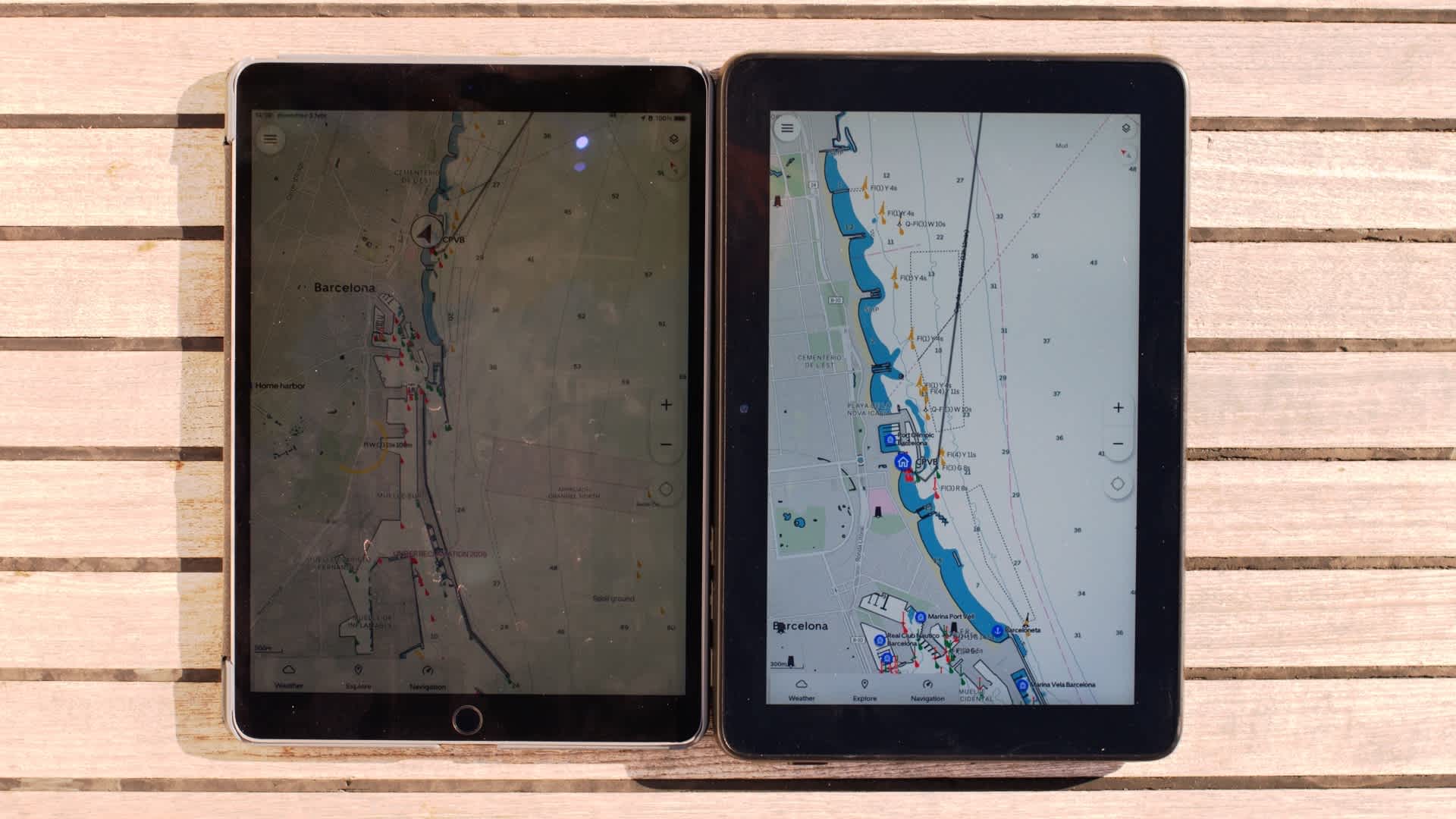
9th gen iPad (left) and Orca Display 2 (right) at full brightness in direct sunlight. After about 20 minutes in direct sunlight, the iPad shut down from overheating.
Lumen HDX is built for high sustained brightness at high temperatures. The entire screen assembly, from the surface to the backlight is designed for thermal efficiency. Contrary to consumer tablets and many chartplotters, Lumen HDX delivers 1000 nits peak brightness at its max operating temperature of 55C / 131F.
The incredible thermal efficiency means you can trust your Display 2 to stay legible on the brightest and warmest days. While raw brightness is important, and the Orca Display 2 is very bright, contrast is what makes Lumen HDX fantastic in direct sunlight.
Contrast
Contrast is the difference in brightness between the darkest and brightest pixels of the screen at a given time.
Lumen HDX delivers a 1200:1 contrast ratio at 1000 nits. It means that the brightest pixel on the Display 2 is 1200 times brighter than the darkest pixel. This incredible contrast gives Orca Display 2 rich colors, a clear separation between black and white, and fantastic viewability.
When viewing a screen in direct sunlight, the screen itself will reflect sunlight, effectively reducing the contrast of the screen. Because of this, the optical properties of the screen's surface are incredibly important for the screen's viewability in sunlight.

Surface reflections on the Lumen HDX glass surface before (left) and after (right) the etching surface treatment.
Lumen HDX's glass surface is chemically etched to reduce screen glare and reflections. Micro-imperfections on the etched glass surface scatter incoming sunlight, reducing the intensity and sharpness of screen reflections. The surface treatment is also carefully balanced to reduce the effect of fingerprints.
The surface finish is not based on thin films or coating that degrade over time. Instead, the etching makes for a permanent and durable surface treatment that will last as long as the Display 2 itself.
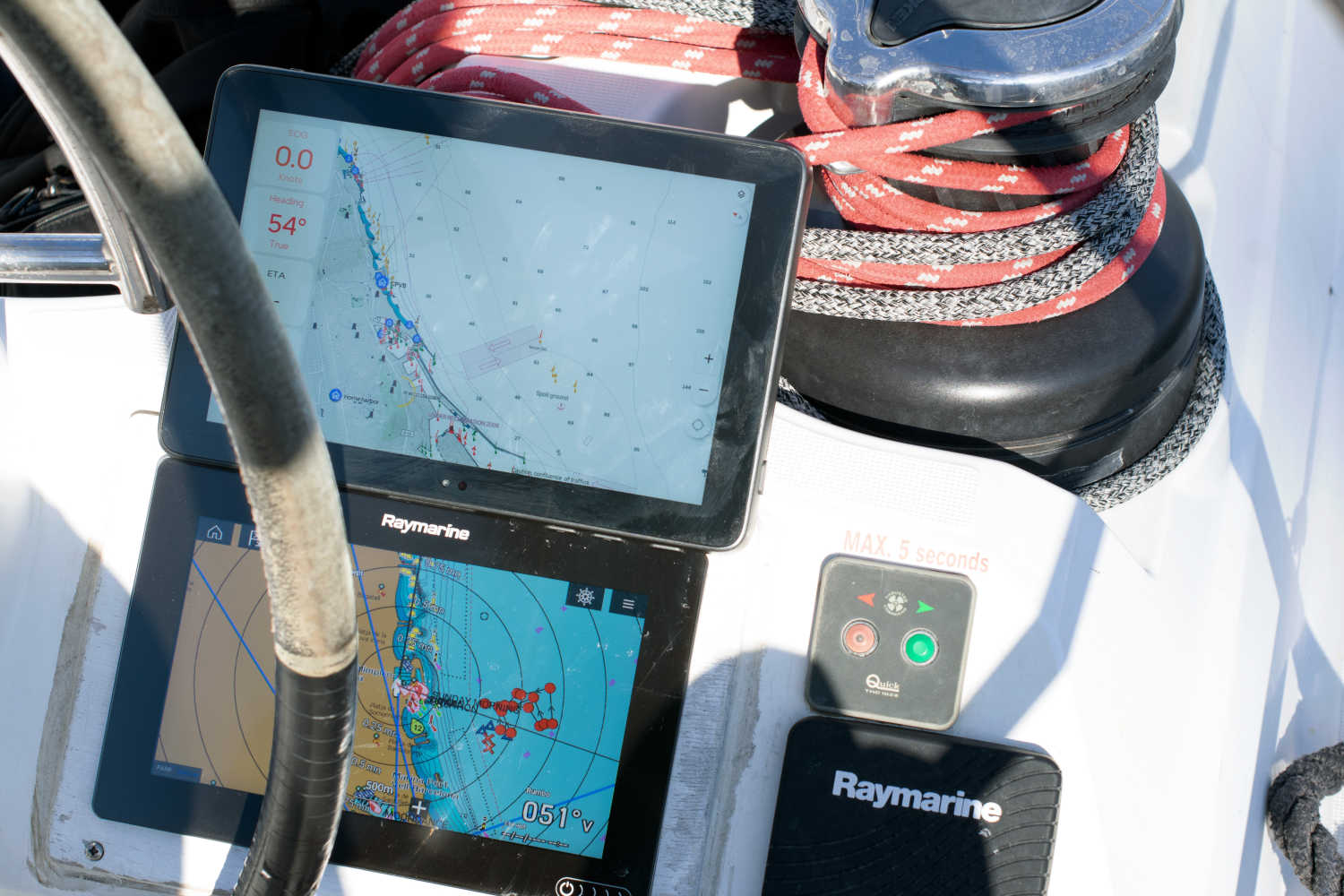
Orca Display 2 (top) and a Raymarine Axiom 2021 (bottom) at full brightness under direct sunlight in the Mediterranean.
The combination of incredible brightness, contrast, and a fine-tuned surface treatment makes the Display 2 as readable as modern chartplotters in direct sunlight.
Pixel density
For text to be crisp at a distance of 40 cm, a screen’s pixel density must be more than 200 pixels per inch. A lower pixel density means that fine details will look grainy and become hard to read.
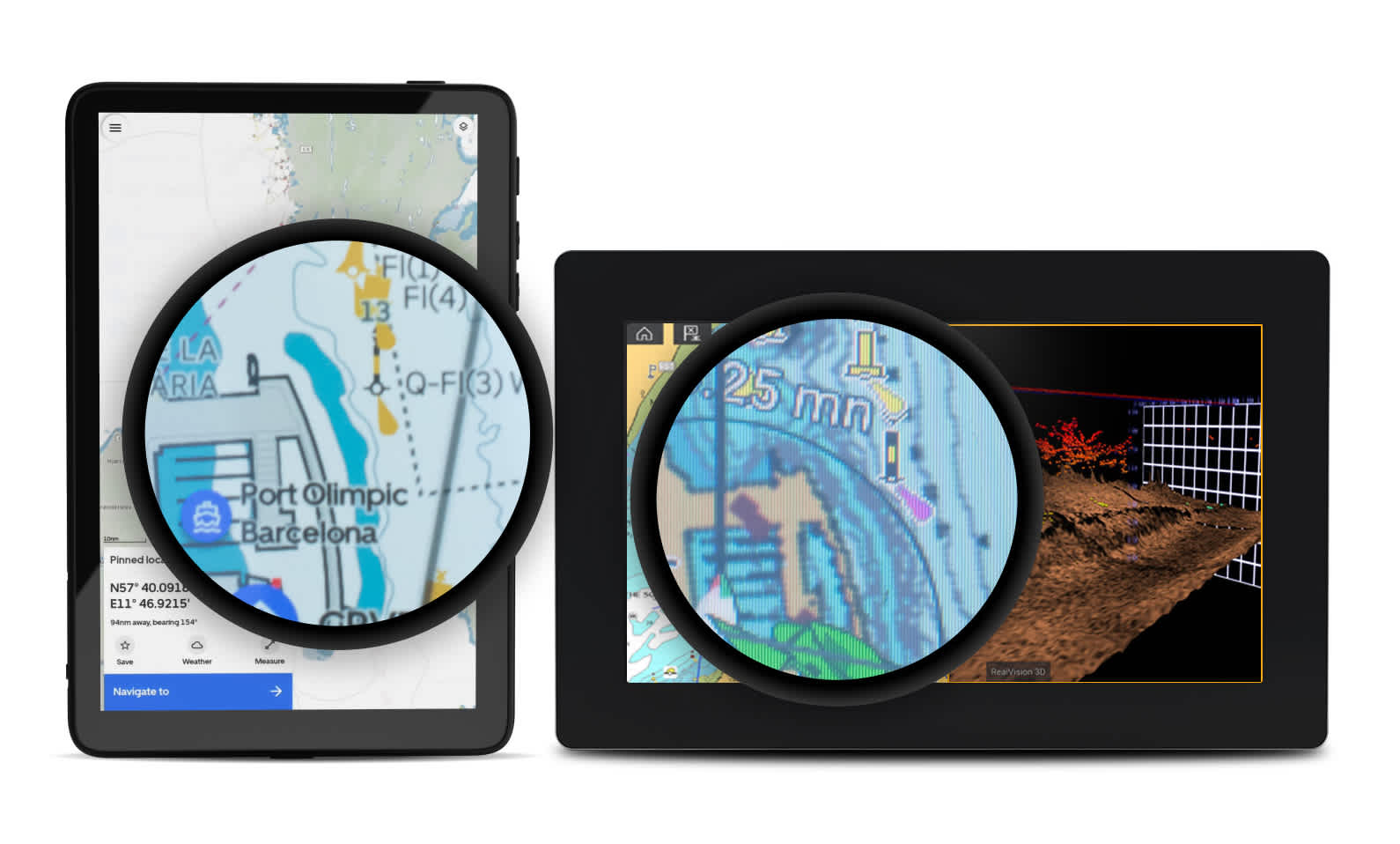
Orca Display 2 with 220 PPI vs a traditional chartplotter with ~100 PPI. The magnified sections are real-world photos taken at identical distances.
Lumen HDX delivers 220 pixels per inch, putting it far ahead of traditional chartplotters. Traditional chartplotters typically deliver 100 pixels per inch, making them pixelated when viewed at distances closer than 70 cm. As a result, you’ll have to zoom further into the charts than necessary to view fine details with a chartplotter than the Orca Display 2.
Viewing angles
When boating, you rarely view your navigation display head-on. Instead, you often view them from an angle. This is especially relevant for sailboats, where a typical helm leaves little room for instruments straight ahead of the steering wheel.
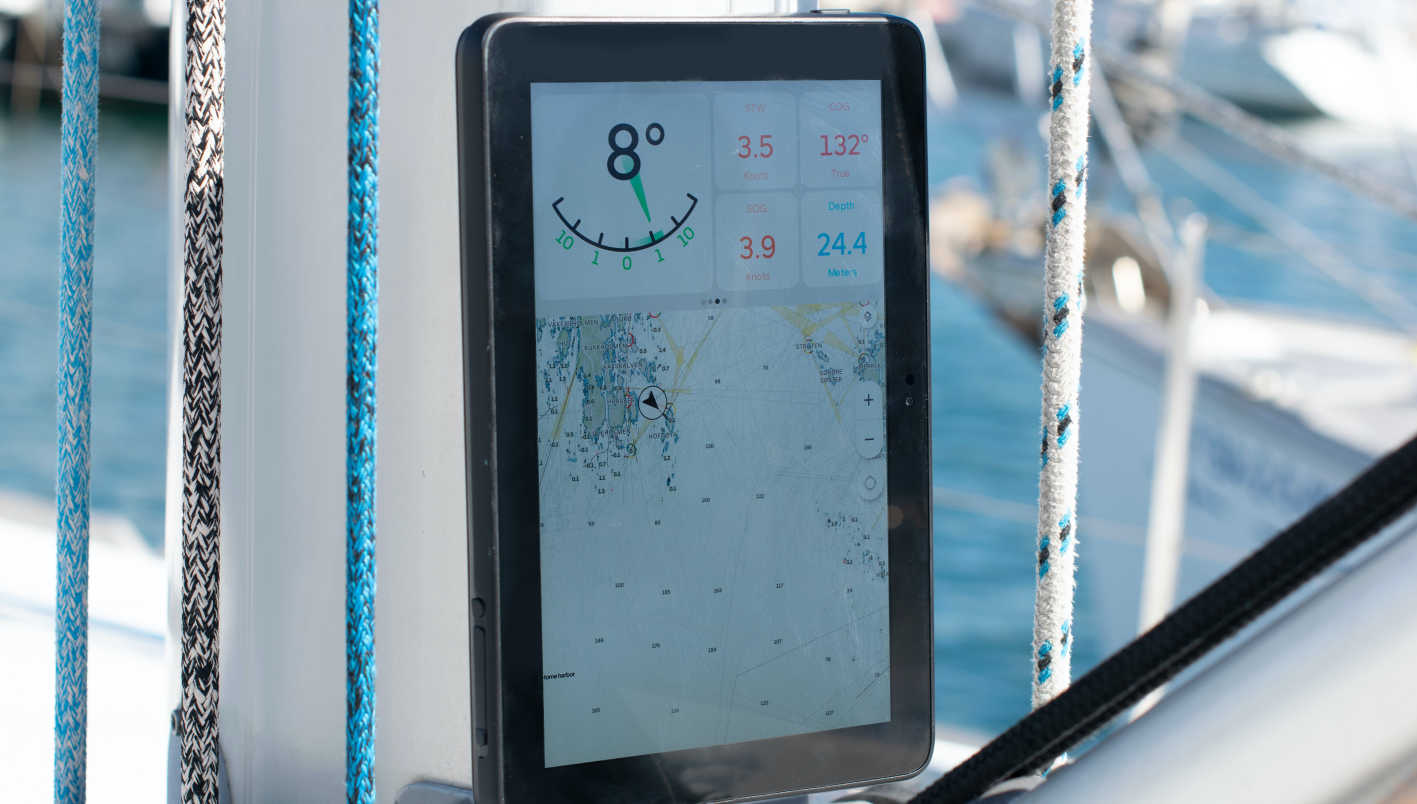
Orca Display 2's wide viewing angles make it great as a mast-mounted display.
Lumen HDX delivers 89-degree viewing angles from all sides and delivers 75% of peak brightness from a viewing angle of 55 degrees. This is made possible by the incredibly compact screen assembly and high-end optical films.
Display 2 is excellent for navigation at the helm, and the wide viewing angles mean it can also double as a mast-mounted or wall-mounted instrument display, allowing your entire crew to keep track of sailing instrumentation, charts, and the upcoming route.
Made for sunshine
Orca Display 2’s screen is built from the ground up for sunshine.
Every component, from the backlight to the surface finish is optimized to give you a clear and crisp experience in direct sunlight. We even built TrueShift, a custom optical film that lets you view the Display 2 with polarized sunglasses from any angle – because polarized sunglasses are commonly used at sea.
Orca Display 2 is the only device that delivers chartplotter-level viewability and thermal performance in a portable form factor, and quite possibly the best marine tablet ever made.
If you are using a regular tablet for navigation, and find it hard to view in direct sunlight or overheating, you should consider the Orca Display 2. It is delivered with a 30-day satisfaction guarantee, so you can try it risk-free.
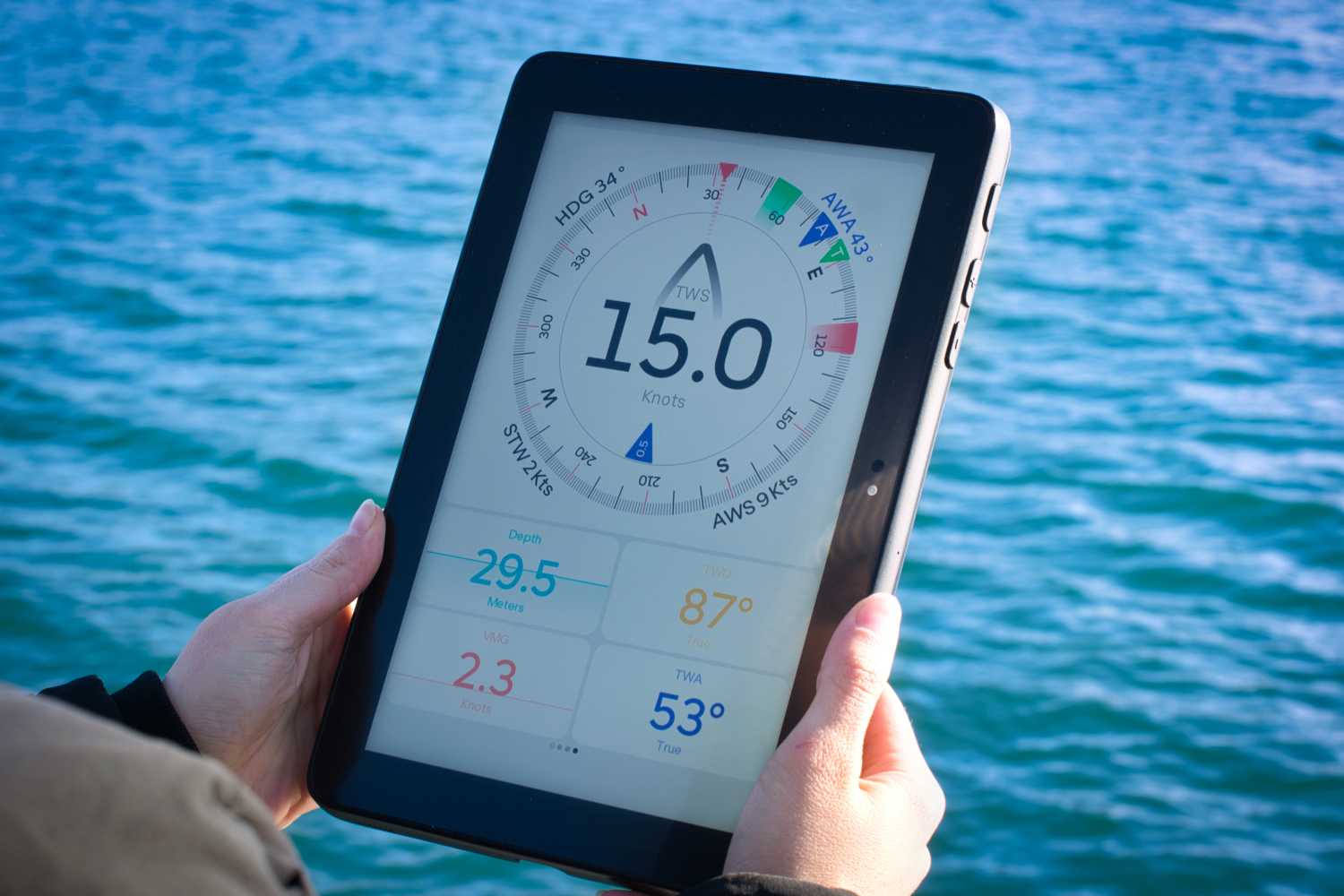
Orca Display 2 is built for sunshine.

